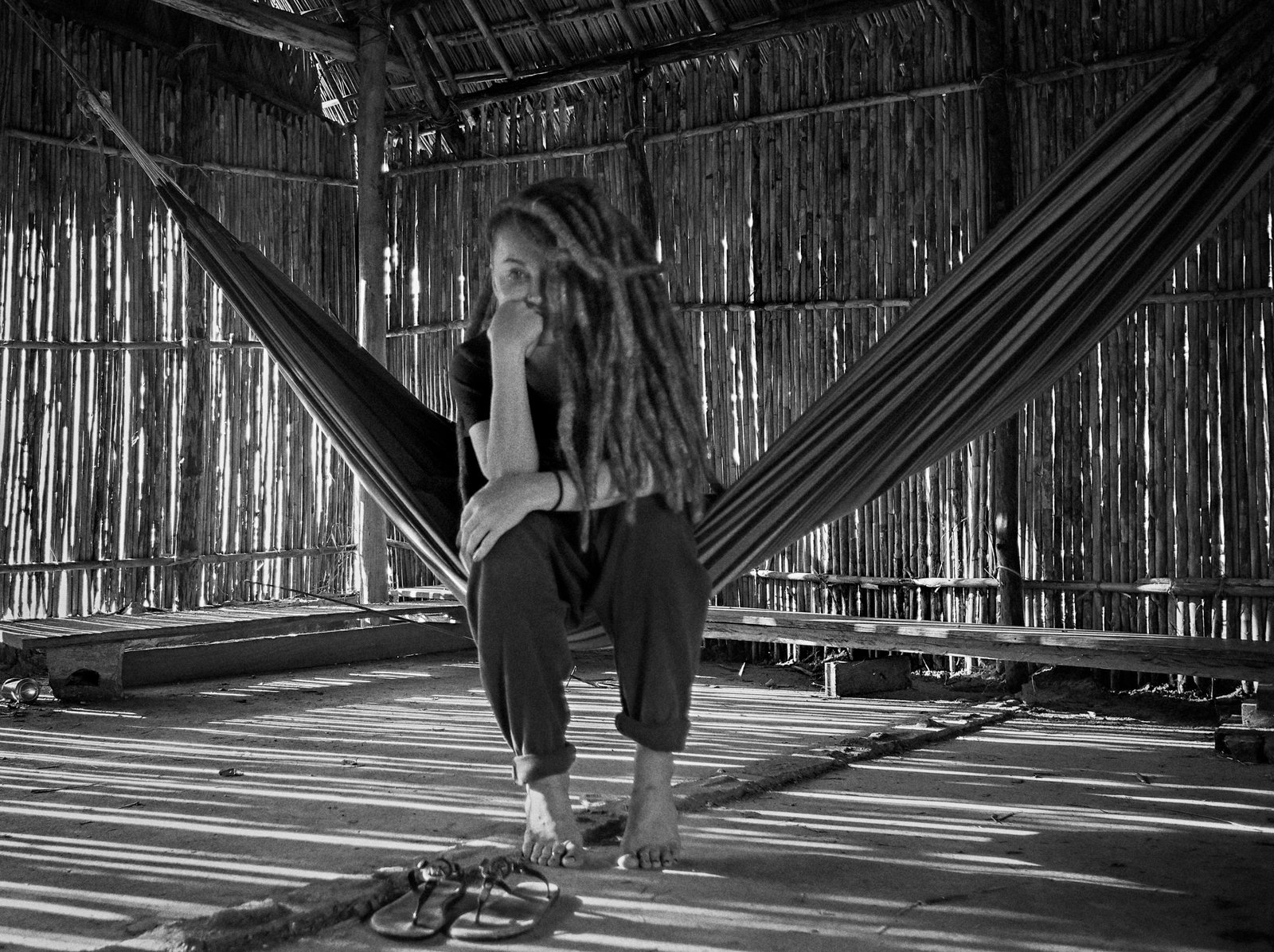San Blas Islands | Plastic Paradise
The San Blas islands are part of the Archipelago de San Blas, located in the Northwest of Panama on the Caribbean side (https://sanblas-islands.com). The islands are inhabited and governed by Guna Yala (Kuna), people indigenous of Panama and Colombia. Guna rebelled against the Panamanian government in 1925 and were granted full sovereign status, thus their own constitution and government (http://www.bbc.com).
Guna Yala | People of San Blas
Guna people are one of the very few indigenous cultures, which retained their ancestral way of life, women in particular. After Panama was colonized Guna women stopped painting their bodies and begun to make mola, a hand-made textile that forms part of the traditional women’s clothing. Mola depicts realistic and abstract designs of flowers, sea animals, and birds, local symbols emphasizing harmonious life with their natural habitat. Molas carries importance for the Guna people and the cultural identity that they can be considered responsible for the independent status of the Comarca Guna Yala.
Traditionally, Guna families are matrilinear, with the groom moving to become part of the bride’s family as well as taking her name (1). Guna Yala is very protective of their culture and the islands they inhabit, strictly regulating tourism and the flow of visitors. Visitors are only permitted on selected islands “playas” while the Guna community prefers to live in isolation and is very reclusive to permit any kind of photography of women.
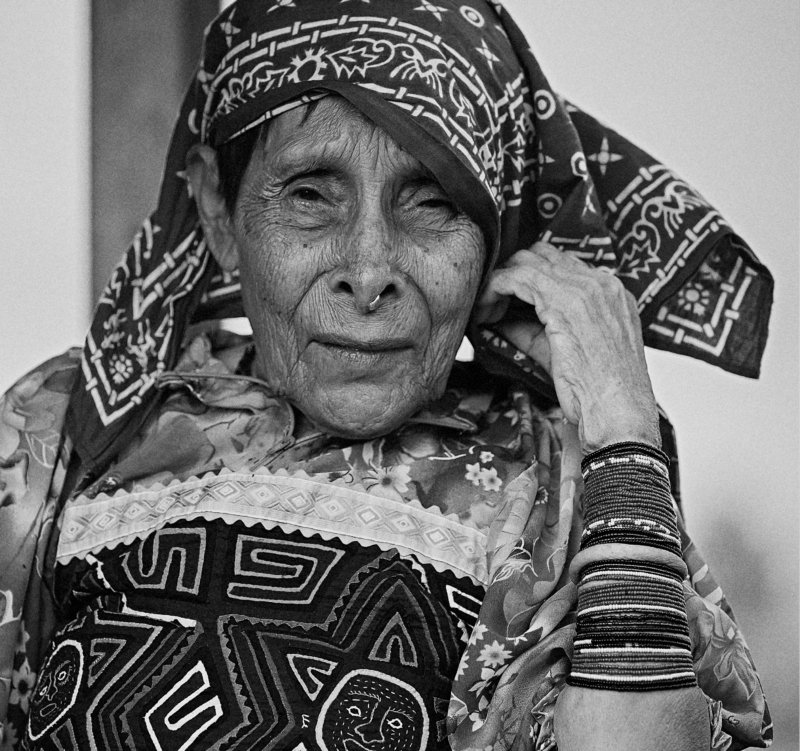
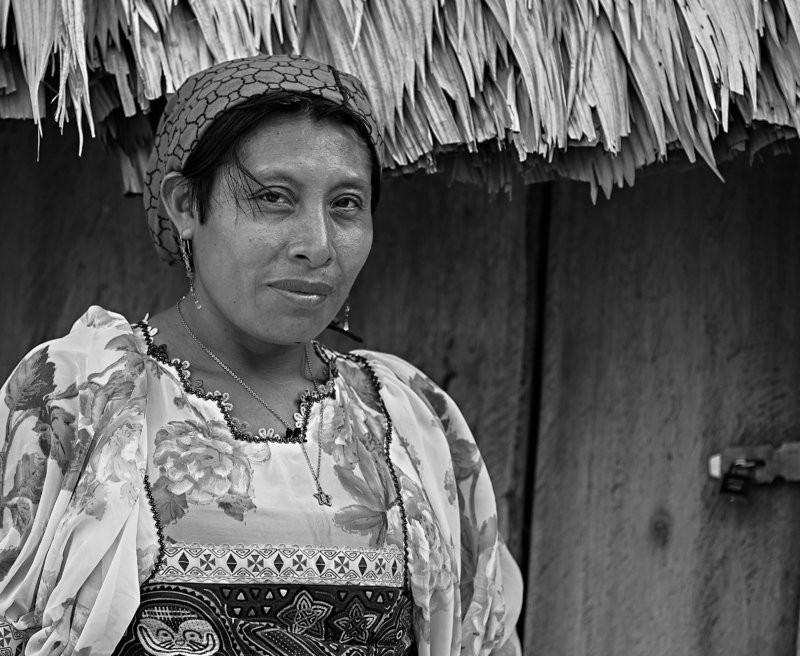
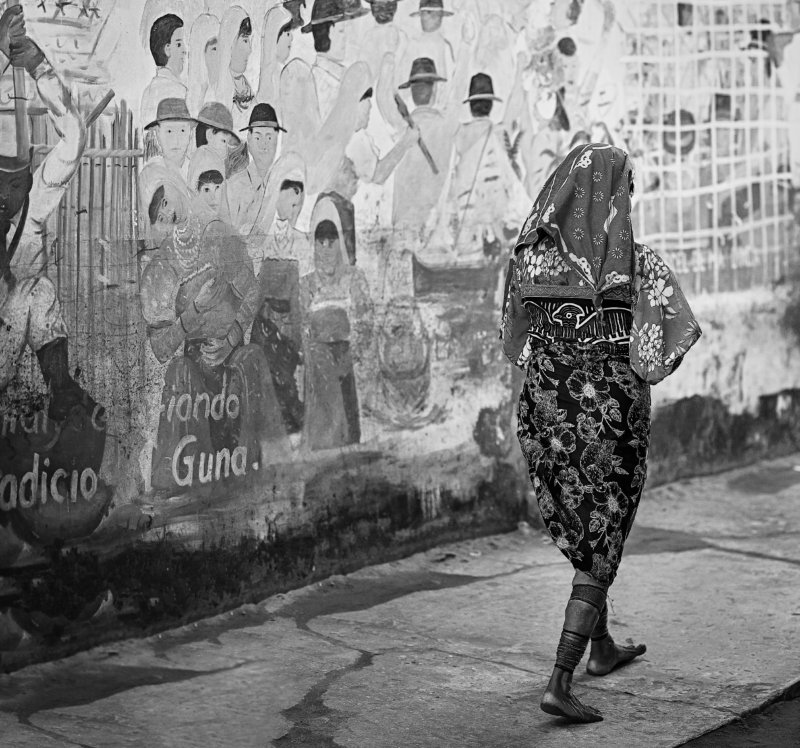

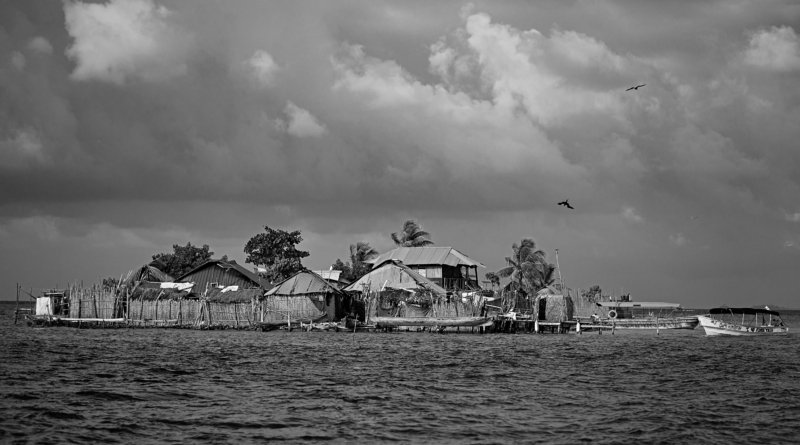
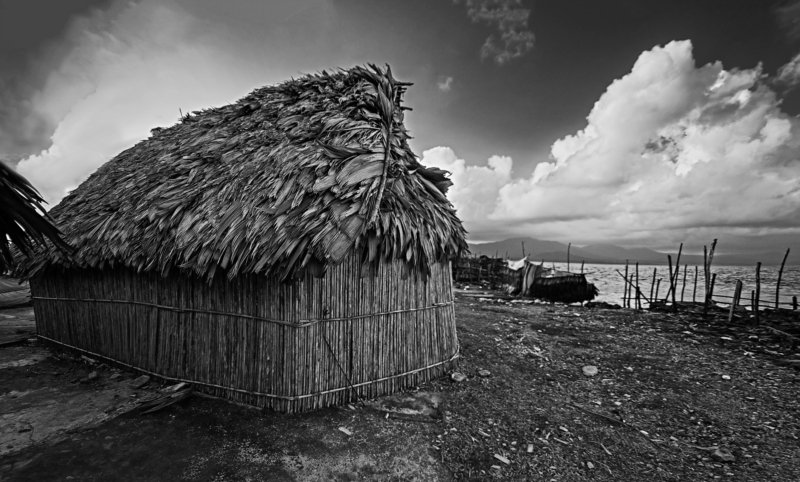
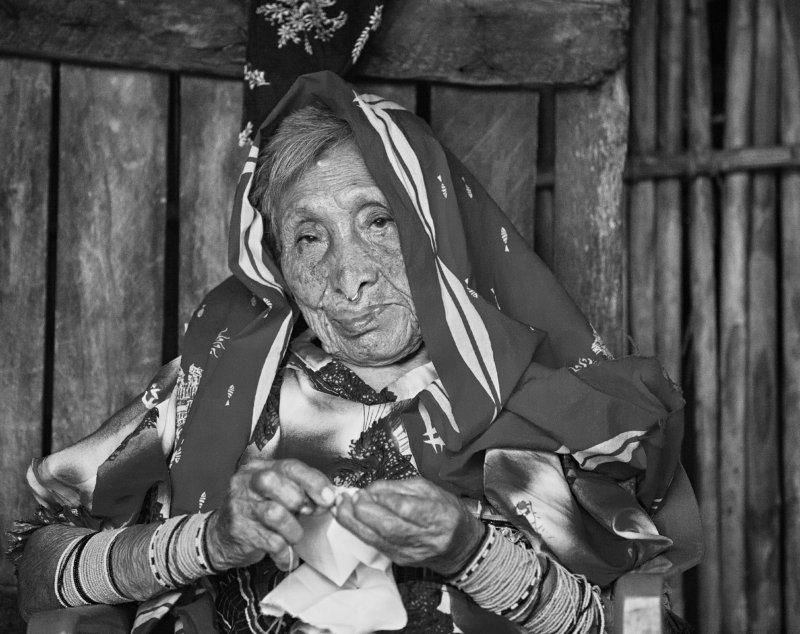
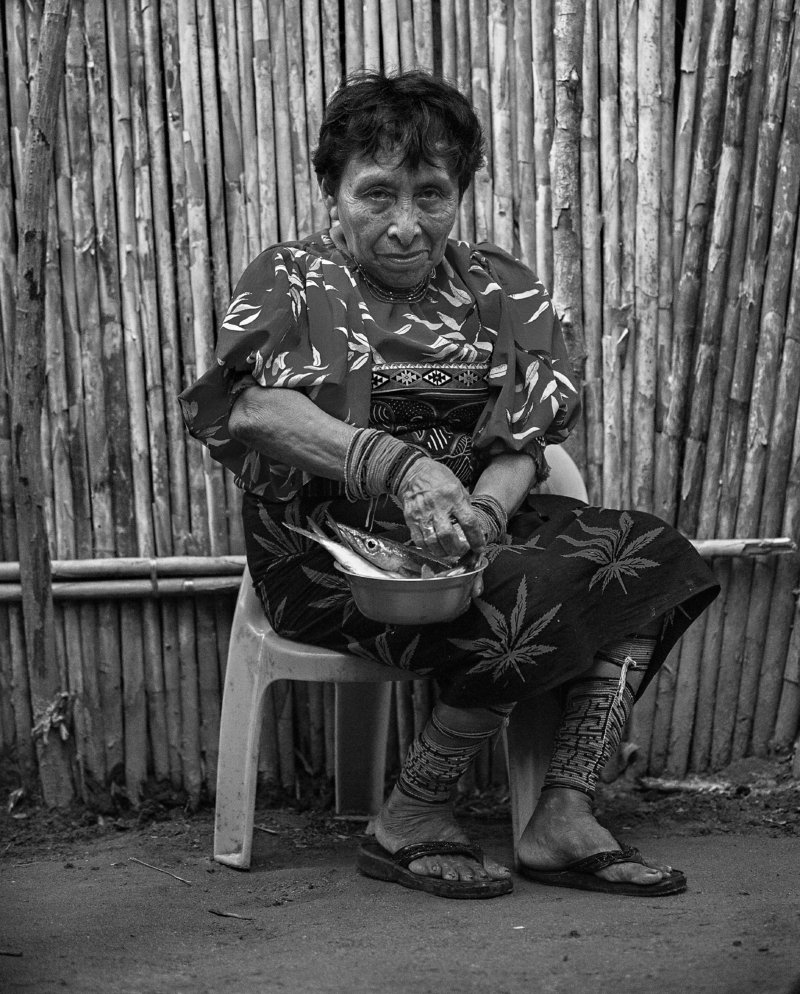

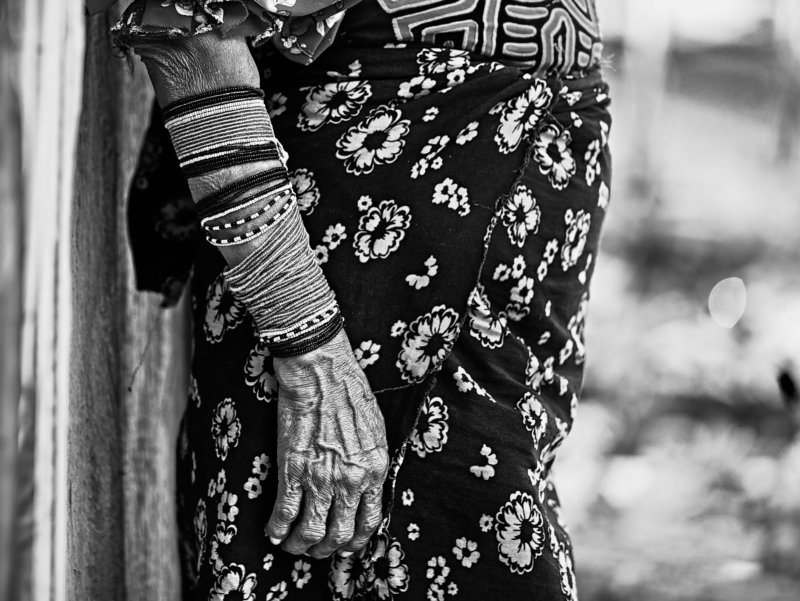
San Blas | Climate, Ecology, and Poverty
Currently, the San Blas Archipelago is nearly at the water level, and as the global shifts in temperature and rising sea levels accelerate, Guna people will have become climate refugees losing their well-preserved culture and homes to the sea. In addition to climate change, Guna people face another issue, an ecological disaster, as there is no waste removal program and islands inhabited by locals are filled with rubbish. Being very conscious about the environment and its protection, Guna are containing plastic waste as much as they can, however, every breaking wave washes off rubbish out into the open sea.
Mismanagement of funds and lack of support leaves Guna people not only on the brink of poverty but also at risk of becoming climate refugees as their tiny coral islands are being sunk by rubbish and rising sea levels.

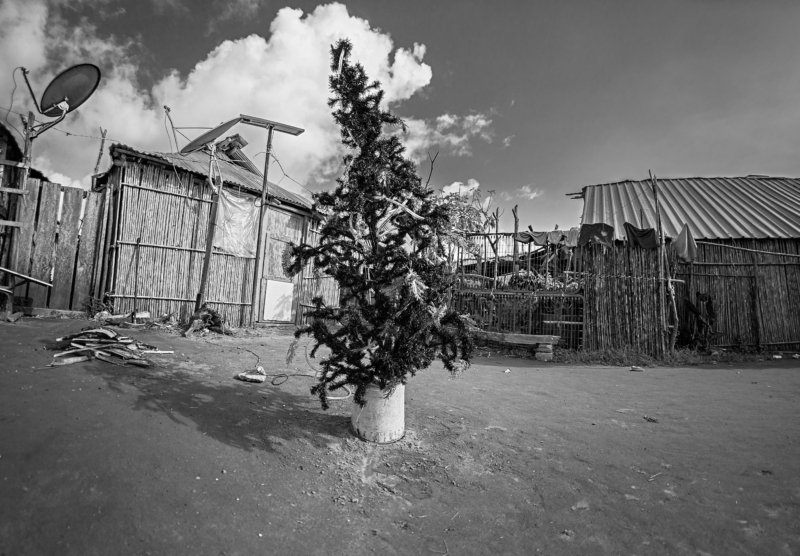
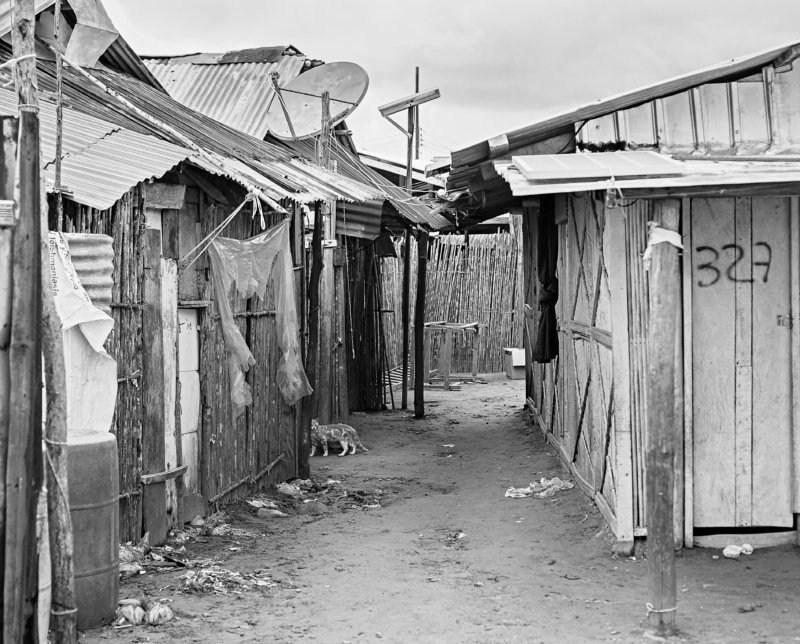

Publications and Exhibitions
LoosenArt ISOLATED | LIVING YOURSELF

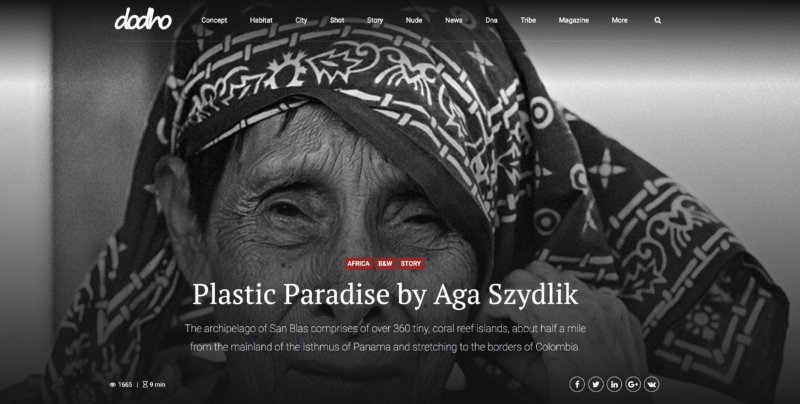
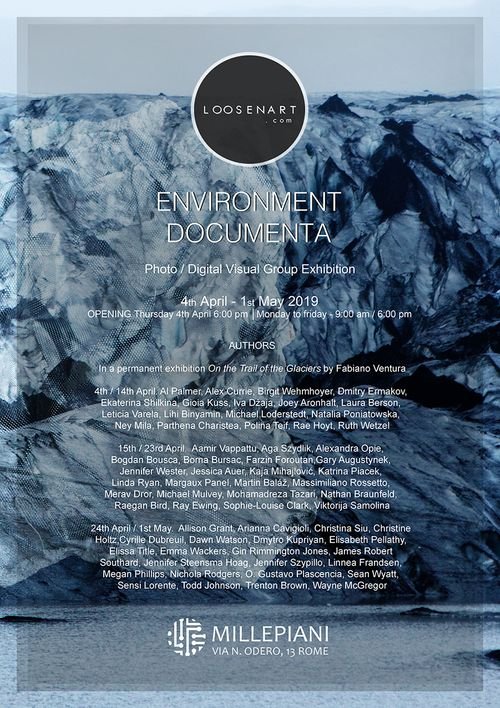

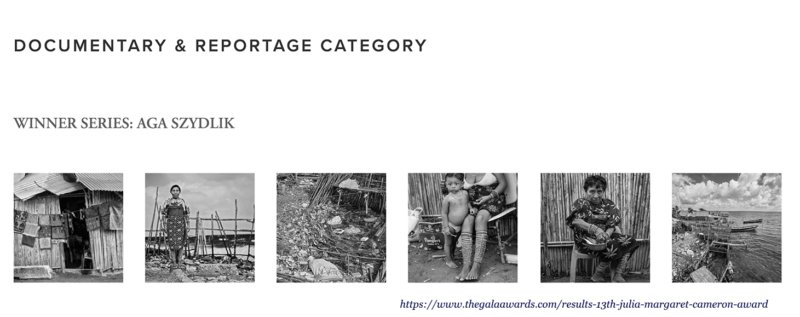
Memories
